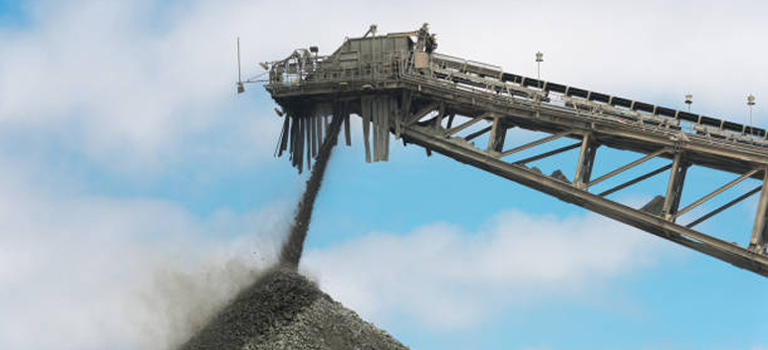Problems with the conveyor belt will cause injury to employees, affect the production line and cause production losses. The ability to quickly troubleshoot conveyor problems is critical. Quick troubleshooting can minimize the bottom loss of downtime.
But when the conveyor really has problems, it is difficult to know where to start troubleshooting. You can choose excellent conveyor manufacturers to handle and maintain the conveyor system and extend the service life of the conveyor belt.
It is not enough to maintain the system through the manufacturer. You still need to learn troubleshooting by yourself. Common problems of conveyor belt can be prevented and solved from the following aspects.
When inspecting the belt conveyor, the operators need to be systematically trained so that they can solve problems safely.
Belt wear
Problem: Over stretching
When the belt is overstretched, there are two main reasons:
1. The belt structure is too light
Check the belt tension and transportation capacity according to the belt specification, and confirm the belt structure. Replace the belt appropriately if necessary.
2. Belt tension
When the belt tension is too high, the belt will be overstretched. The following points can help you solve this problem.
a. Check whether the belt tension matches the belt capacity
b. Check for spilled material
c. Installing belt drive pulley
d. Maintain the same load, increase the belt speed or reduce the load at the same speed
Problem: The belt is severely worn
1. The drive pulley slips
Measures: Use rubber coating on the drive pulley or install a buffer pulley to increase the contact of the drive pulley.
2. The tightening parts of the head pulley are worn
3. The material overflows onto the return belt
measures:
- Installing self-cleaning tail wheel
- Return belt cover
- Use sealed hopper
4. The idler gear may be stuck or the load area may be worn.Replace worn parts and reduce load.
5. The belt slips. Select a suitable drive pulley or install a buffer pulley
Problem: Belt edge is worn
The deviation of the belt during operation will lead to edge wear, which needs to be corrected.
Problem: Broken belt edges
1. The belt edge may fold at the pulley, and the belt needs to be readjusted
2. The material is stuck above the hopper, and the clearance should be properly adjusted
3. Sharp convex curve appears in the operating system, so adjust the operating system
Problem: The belt breaks near the fastener
Fastener plate size is too long, use appropriate fasteners
Belt running problem
Problem: The belt does not operate normally
There is a problem with belt tension or belt quality. Adjust belt tension and check belt quality
Problem: The conveyor belt is off track
1. The belt tension has a problem and needs to be adjusted
2. The material conveyed deviates, causing the belt to deviate from the track;
3. Due to environmental reasons, the belt is bent or the belt workmanship is defective. The belt needs to be replaced in time
Problem: The belt runs to one side at a specific point on the frame
1. There may be material accumulation on the idler and return idler, or the idler may be damaged. Improvement and installation of cleaning equipment
2. The terminal pulley may not be aligned, check and adjust the alignment of both ends
3. Spilled material may force the belt to move to the other side. Timely detect and correct the cause of overflow
4. For the reason of the conveyor frame, use the rope to check the condition of the conveyor belt and adjust it.
5. The belt pulley is not at right angle to the belt axis or the belt pulley is not horizontal. Check that the pulley is level
There are many reasons for the conveyor belt that need to be found out and how to solve them. Bulk material handling equipment plays an important role in many industries, and it is also crucial to maintain its normal operation. Check the conveyor regularly to find problems in time and minimize losses.
For more conveyor issues, please contact PT.NAR.

